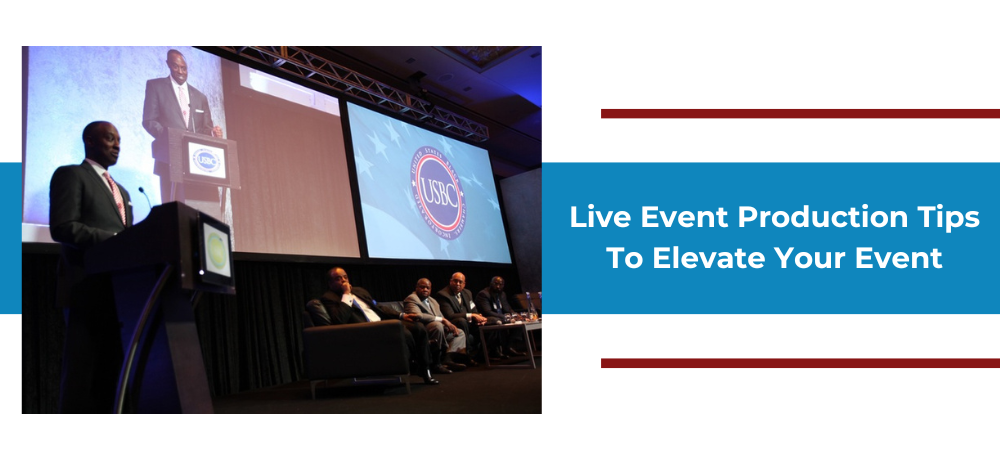Illuminating the Influence of Lighting Methods on the Art of Film Projection Mapping Techniques
Illuminating the Influence of Lighting Methods on the Art of Film Projection Mapping Techniques
Blog Article
Motion mapping projection is an exciting creative form that combines tech and creativity to convert ordinary spaces into remarkable visual displays. This method entails casting images and footage onto three-dimensional elements, such as structures, sculptures, or platforms. One of the most crucial factors in producing successful mapping is the use of efficient lighting methods. Proper lighting enhances the aesthetic elements of the display and ensures that the visuals are clear and engaging. This piece explores the influence of lighting methods on video mapping and how they can enhance the overall encounter.
Illumination plays a vital role in video mapping because it sets the mood and feel of the display. Different lighting techniques can elicit various feelings and responses from the audience. For instance, using gentle, cozy illumination can create a welcoming atmosphere, while bright, cool illumination may create a more dynamic or dramatic effect. By thoughtfully choosing illumination colors and brightness, creators can manipulate how viewers perceive the projected images, leading to a more engaging encounter. The equilibrium between projection brightness and surrounding illumination is crucial, as it can significantly impact the clarity and impact of the visuals.
In addition, hue and intensity, the direction of light also influences the effectiveness of projection. Lighting from different directions can create shadows and accents that introduce dimension to the mapped visuals. This method, known as chiaroscuro, can enhance the 3D quality of the objects being mapped. Furthermore, using moving illumination can add dynamism to the display, making the experience more involving for the viewers. When the illumination collides with the mapped images, it can produce an effect of movement and change, capturing the viewers' attention.
Another essential element of illumination in mapping in the use of unique features. Methods such as patterned illumination, which uses patterns and shapes to filter light, can add texture and intricacy to the projections. This approach enables creators to superimpose visuals and produce aesthetically captivating results that complement the mapping. Additionally, projection mapping for fashion shows incorporating lasers or LED lights can further enhance the display, offering a distinct blend of visual elements that draw the audience in. These special effects, when used carefully, can transform the mapping beyond a basic display to an immersive work of art.
In conclusion, the impact of lighting techniques on video projection is significant. By site link comprehending how various illumination components connect with mapped visuals, creators can produce enthralling encounters that connect with audience. The thoughtful selection of hue, brightness, angle, and unique features enables for a vivid canvas of visual storytelling. As technology continues to grow, the possibilities for creative showcasing in mapping will only expand, making lighting an ever-important component in this innovative creative medium.